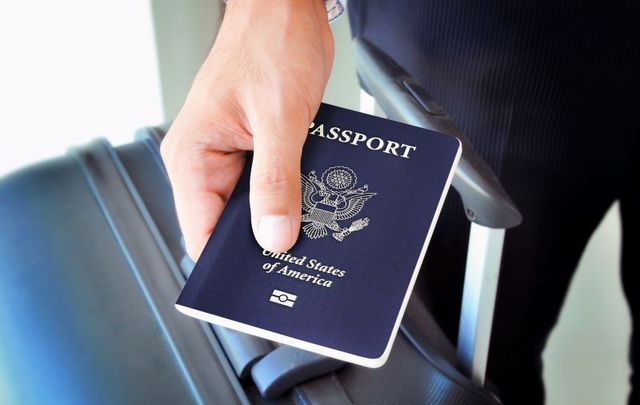Costa Rica has announced last week that they would open the country to tourists from Canada, the UK and the majority of the EU countries, while refusing to allow American flights to bring tourists into the country.
The main reason cited was the high infection rate in the US as compared to the other countries.
While it may be true that the US does have a higher infection rate than the countries currently allowed entry, as of today listed as 1564 per 100,000 population, the actual basis for using this number may not be suitable for making this type of decision.
The reason being, the number of infected individuals is entirely related to the number of tests taken per 100,000 people, in which case the US has done more tests than Canada, Spain, Italy, Germany, France and others. In fact only the UK, Denmark and Malta have issued more tests per 100,000 than the US, out of the countries allowed entry to Costa Rica. In fact Costa Rica ranks 123rd using this same metric compared to the US, at 19th.
Another statistical measurement often cited is the Case Fatality Rate, the number of confirmed deaths divided by the number of confirmed cases. This method is also flawed in that it too is reliant on the number of people tested. However using this measurement, france Italy, Germany, the UK, Sweden and even Canada have a higher rate than the US. (See here)
Many researchers consider the Morality Rate of the disease provides a more accurate picture of how the disease is progressing in and how the country is handling the response to the virus.
In a brief published by the Federal Reserve Bank of Cleveland, it was suggested "that cumulative mortality rates and their percentage changes are the best available measures for comparing the trajectory of the epidemic in different countries." (See here)
The brief points out "case counts have two significant limitations when comparing across countries. First, case counts depend on the size of a country’s population—all else equal, the higher the population, the greater the number of cases. Second, case counts depend on the breadth, accuracy, reporting, and speed of testing—all of which have varied across nations."
As an example, Costa Rica considers people who show symptoms of Covid-19 to be positive, without testing, provided they reside with someone who has tested positive. However if someone has symptoms and does not get tested or live with someone who was tested positive, they may not show up in the statisitcs.
So how many people are actually infected with Sars-Cov2?
It was back in February, the Director General of the World Health Organization (WHO), Tedros Adhanom, stated in his briefing, “Most people will have mild disease and get better without needing any special care.” Several studies have found that about 80% of all the COVID-19 cases have relatively minor symptoms which end without severe illness and therefore remain unreported. (See here)
It is recommended that Mortality Rates are better suited for comparison because they are scaled by population size and fairly consistently measured across geography and time. For this reason John Hopkins University uses COVID-19 deaths per 100,000 in population, as a standard measurement of mortality rate.
Using this measurement as a reference and current numbers, Belgium, the UK, Spain, Italy and Sweden all have higher number of deaths per 100,000 with France following closely behind the US. (See here) If the mortality rate is higher in those countries, then the implications are those countries may be less effective at controling the effects of the virus.
So why then all the drama over allowing tourist flights in from the US? Maybe it has more to do with the perception we have of the US, from the international media, than it does to do with facts.










